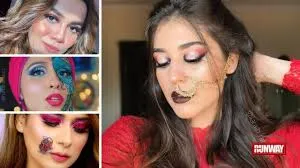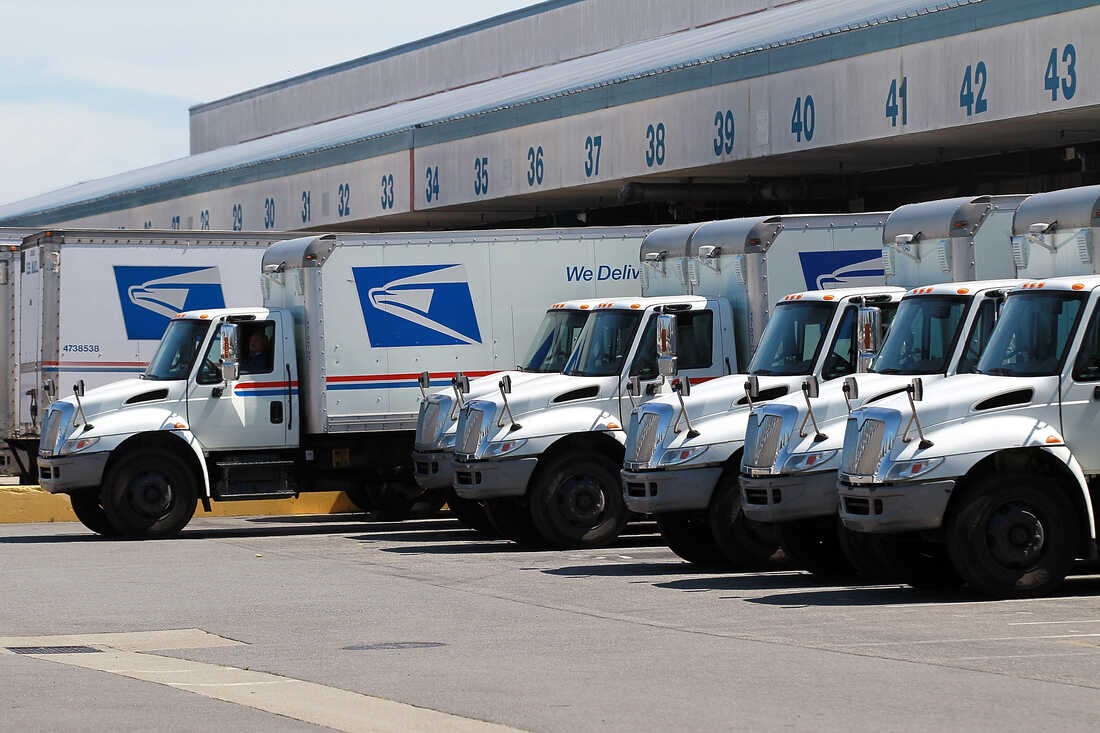Since the launch of Instagram in 2012, the landscape of digital marketing has undergone a seismic shift. What began as a simple platform for sharing photos has evolved into a powerful marketing tool that has transformed the beauty industry. As beauty bloggers transitioned to Instagram, they capitalized on the platform’s visual appeal to engage their audiences. This evolution marked the rise of top beauty influencers, whose authentic reviews and lifestyle posts have significantly influenced consumer purchasing decisions. In this article, we will explore the emergence of beauty influencers on Instagram, their impact on the industry, and the future of influencer marketing.
The Evolution of Influencers
Initially, Instagram attracted users for its focus on aesthetics. However, it quickly became apparent that the platform could serve as a lucrative avenue for content creators. As beauty bloggers migrated to Instagram, they brought their followers with them, creating a community that craved regular updates and product recommendations. This shift not only enhanced user engagement but also transformed these bloggers into full-fledged influencers.
The Transition to Influencer Marketing
As marketing agencies recognized the potential of Instagram influencers, they began to leverage this new form of advertising. Influencers, with their loyal followings and authentic connections, provided brands with a way to reach audiences in a more personal manner. The strategy proved effective, as collaborations between influencers and brands led to increased visibility and sales.
The Power of the Top Influencers
Instagram’s evolution into an influencer-driven platform has significantly altered marketing dynamics. Influencers are now regarded as trusted voices, offering followers insights into their lives and the products they use. The introduction of features like IGTV, Instagram Live, and Stories has allowed influencers to create engaging, shoppable content, further solidifying their status in the industry.
One noteworthy example is Kylie Jenner, whose influence on social media is profound. When she expressed a lack of interest in Snapchat, the platform’s stock plummeted, illustrating the weight her words carry. This incident underscores the significant impact that top influencers can have on brands and their market performance.
The Metrics Behind Influencer Marketing
Understanding the statistics surrounding beauty influencers can provide insight into their effectiveness:
- 40% of consumers reported purchasing beauty products after seeing them used by influencers.
- 71% of marketing experts indicated that influencer marketing is a trend with lasting power.
- 70% of influencers believe that influencer marketing platforms are the best way to collaborate with brands.
- 49% of consumers make purchasing decisions based on influencer recommendations.
These figures highlight the profound impact that influencers have on consumer behavior and purchasing trends.
The Future of Beauty Influencers
The future of beauty influencers on Instagram appears bright, as they continue to dominate digital marketing. Today’s influencers are more than just bloggers; they have become celebrities in their own right, participating in reality TV shows and attending high-profile events like the Met Gala. The estimated worth of influencer marketing in 2022 was approximately $15 billion, a clear indication of its importance in the marketing landscape.
Moreover, regulatory bodies like the Advertising Standards Authority (ASA) are establishing guidelines for influencer marketing, recognizing its growing significance. This regulatory framework aims to ensure transparency and authenticity, which are vital for maintaining consumer trust.
The Rise of Virtual Influencers
As technology advances, the beauty influencer landscape is also evolving to include virtual influencers—computer-generated personas that brands can collaborate with. These virtual influencers present a unique opportunity for brands to engage with audiences in innovative ways, expanding their marketing strategies beyond traditional influencer collaborations.
Brands are increasingly interested in working with both human and virtual influencers because they can reach larger audiences at a lower cost than traditional advertising methods. Influencer marketing allows brands to convey their messages effectively, often with a higher return on investment.
Engagement and Authenticity
One of the key reasons for the success of beauty influencers is their ability to engage audiences authentically. Followers often view influencers as relatable figures—friends who offer genuine product recommendations and insights. This authenticity builds trust, making followers more likely to act on their recommendations.
Moreover, the rise of nano and micro-influencers—individuals with smaller but highly engaged followings—has changed the game. Brands are recognizing that these influencers often have a more authentic connection with their audiences, leading to higher engagement rates. This trend suggests that the future of influencer marketing will not solely revolve around celebrity endorsements but will also embrace influencers who can foster genuine connections with their communities.
The Importance of Community
Engagement is crucial in the beauty industry, as consumers seek community and connection. Influencers cultivate a sense of belonging among their followers by sharing personal stories, experiences, and even challenges. This community aspect is particularly significant in the beauty industry, where consumers often seek validation and support regarding their beauty choices.
The Shift to Ethical Consumerism
Today’s consumers are increasingly interested in the ethical implications of their purchases. They seek transparency in sourcing, production practices, and the overall impact of their beauty products. Influencers who prioritize ethical beauty brands resonate well with these consumers, as they promote products that align with their values.
Brands that collaborate with influencers who advocate for ethical and sustainable practices stand to gain consumer loyalty and trust. In this context, influencers serve as brand ambassadors, not just for their products but for the values they represent.
Conclusion
The age of beauty influencers on Instagram is only just beginning. As the landscape of digital marketing continues to evolve, brands must adapt to these changes to stay relevant. Collaborating with beauty influencers offers a strategic avenue for brands to connect with their target audience authentically.
For beauty brands looking to thrive in this competitive landscape, identifying and collaborating with the right influencers is paramount. Platforms like Afluencer can help brands find influencers that align with their vision, allowing them to harness the power of influencer marketing effectively.
By embracing the rise of beauty influencers, brands can not only enhance their visibility but also build meaningful relationships with their consumers—ensuring that they remain at the forefront of the beauty industry.










